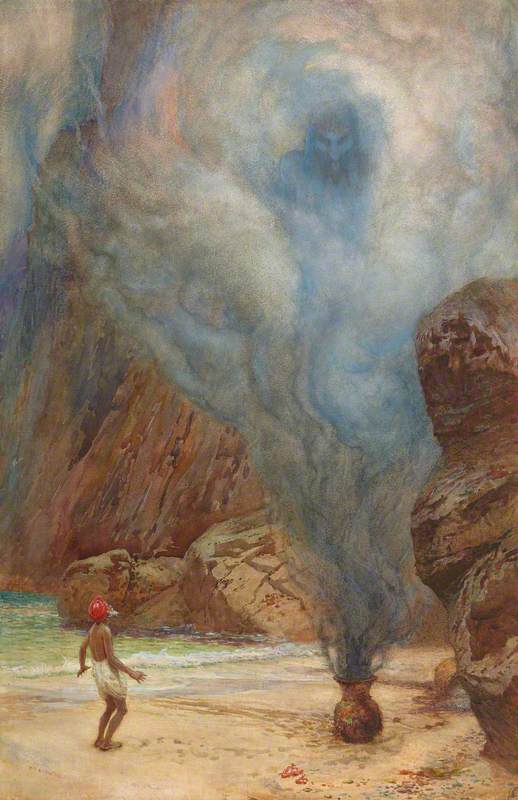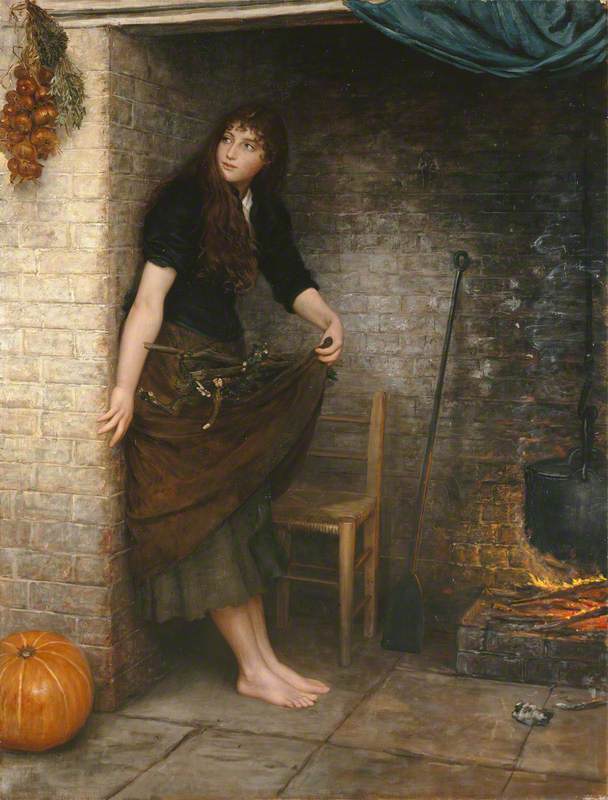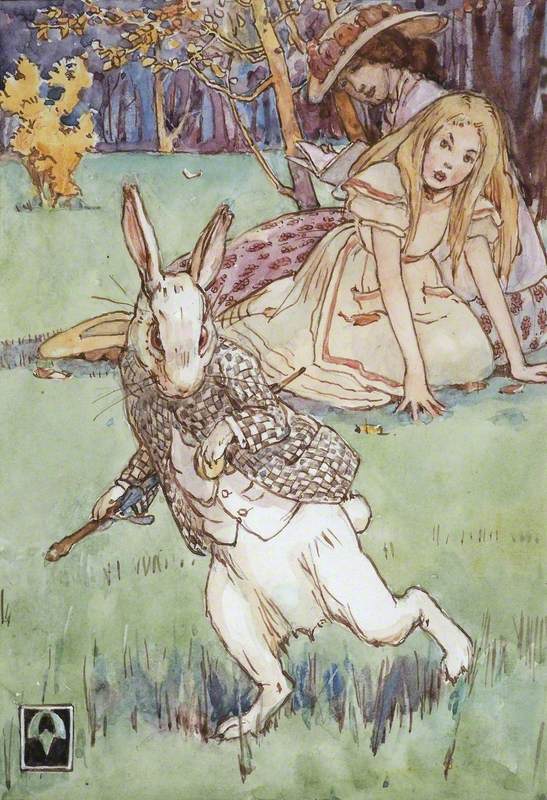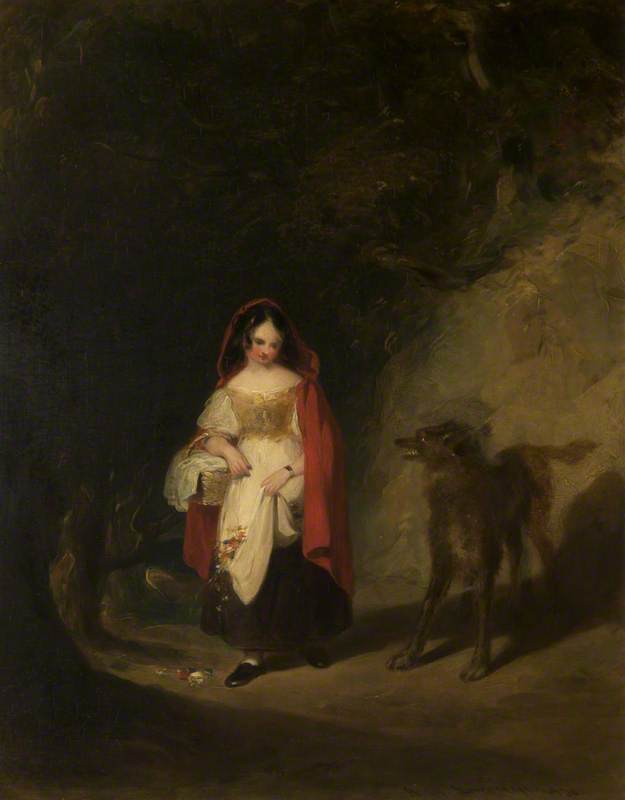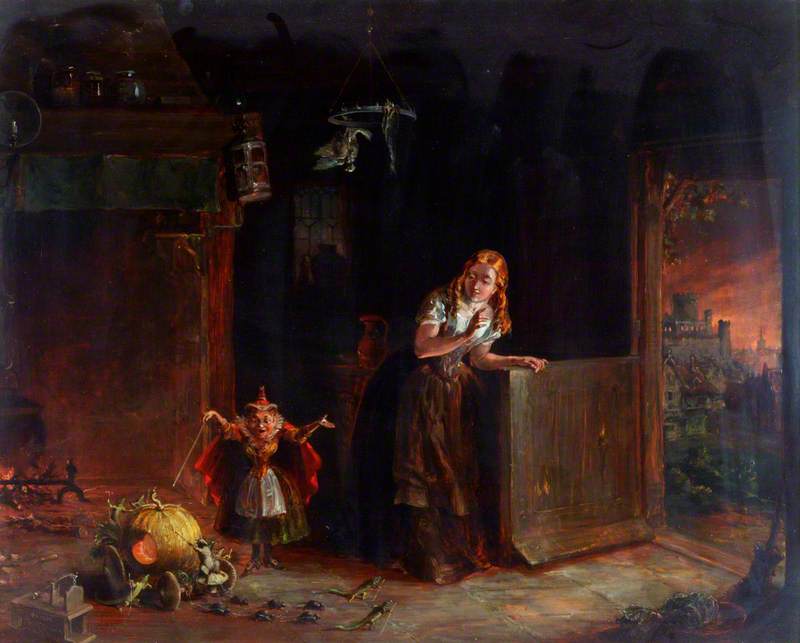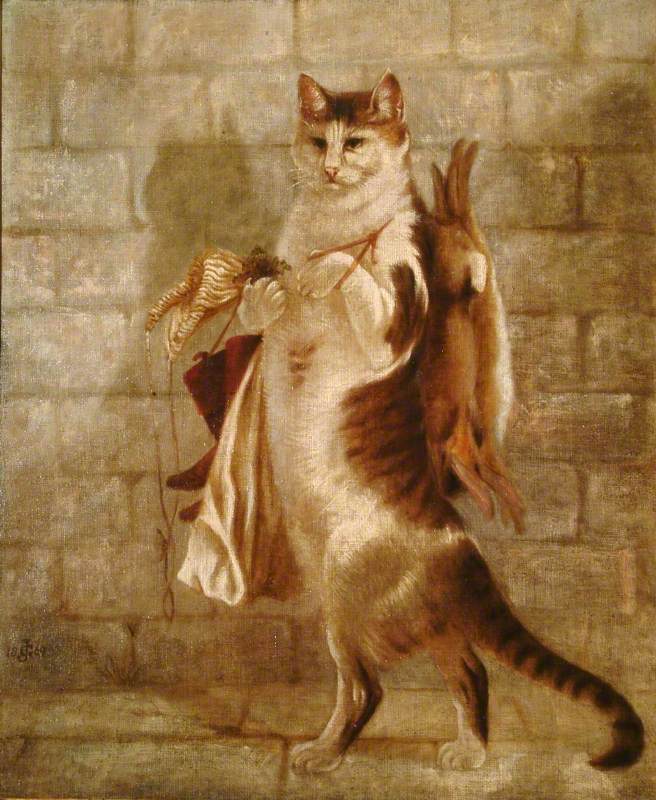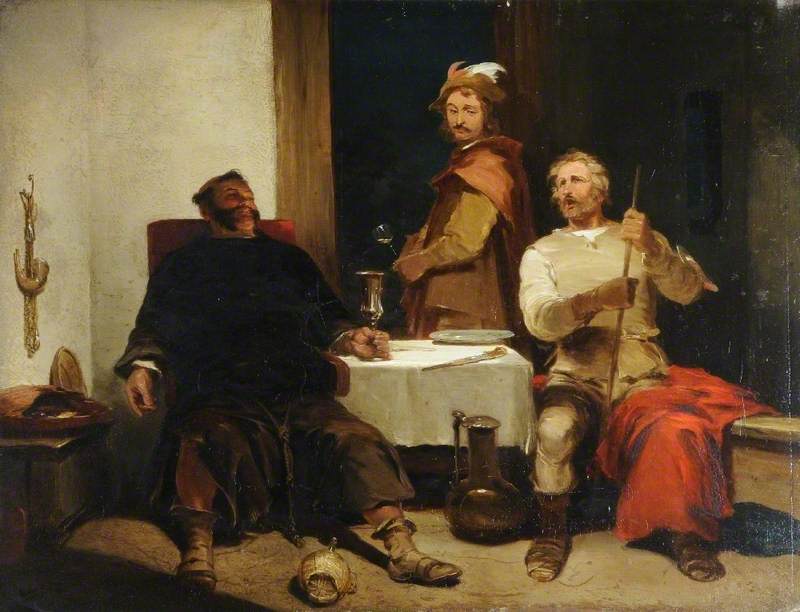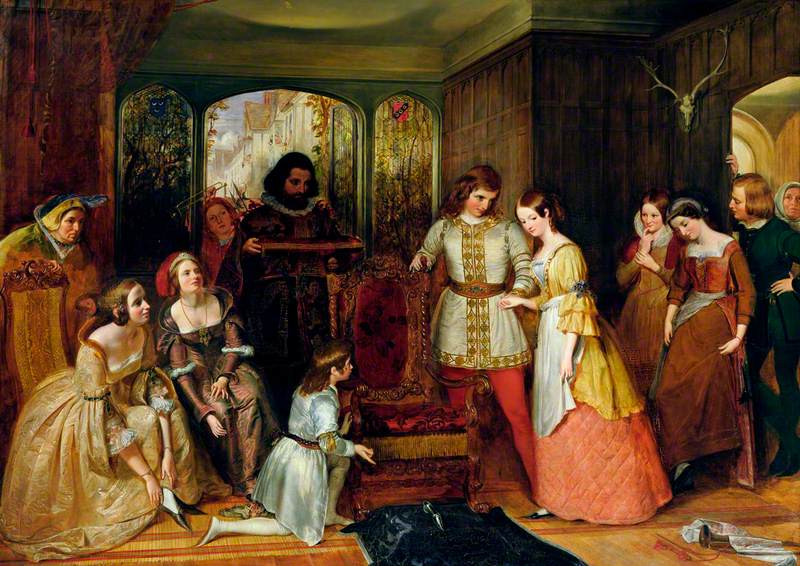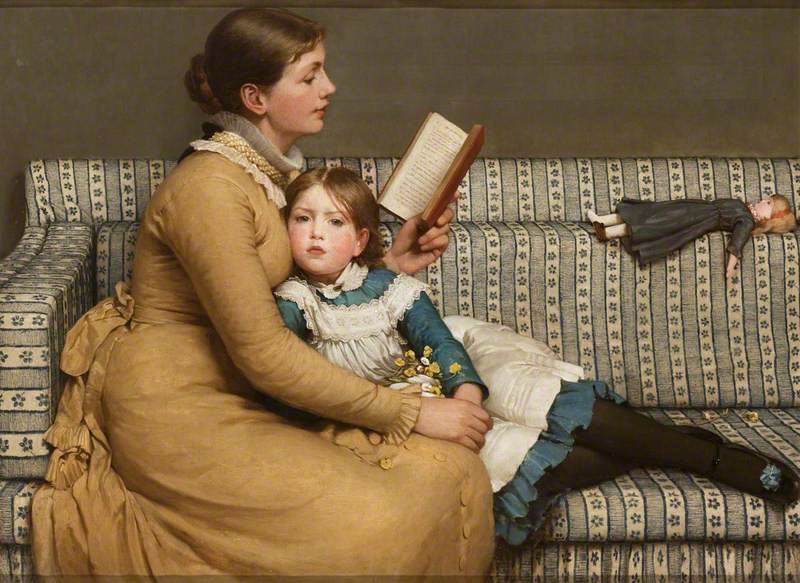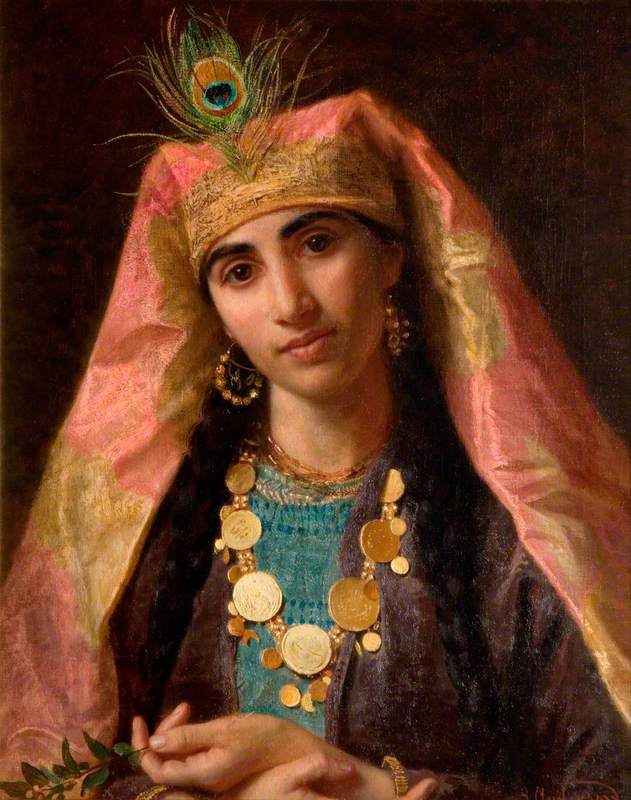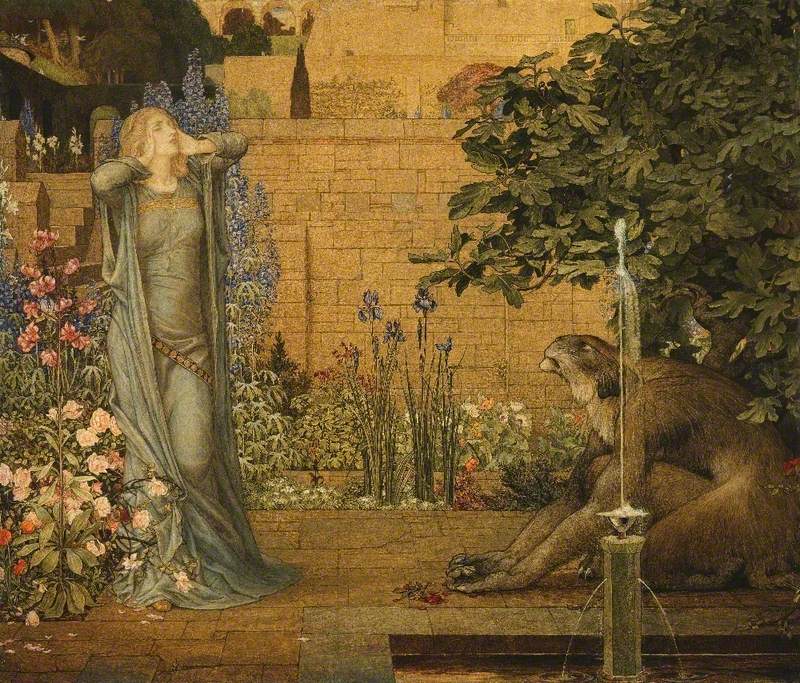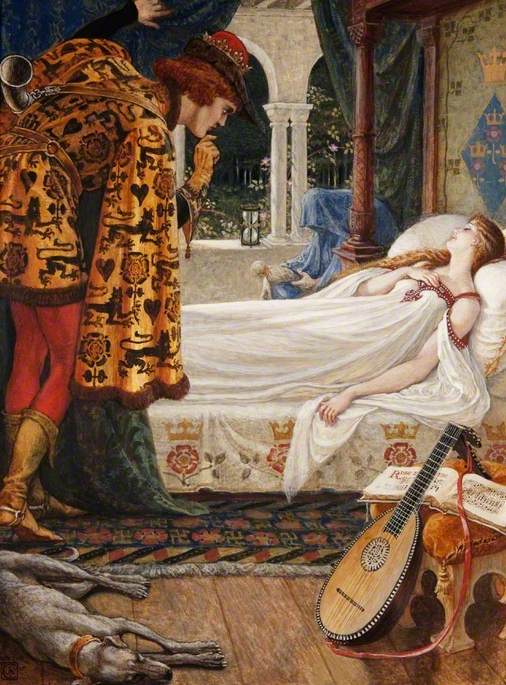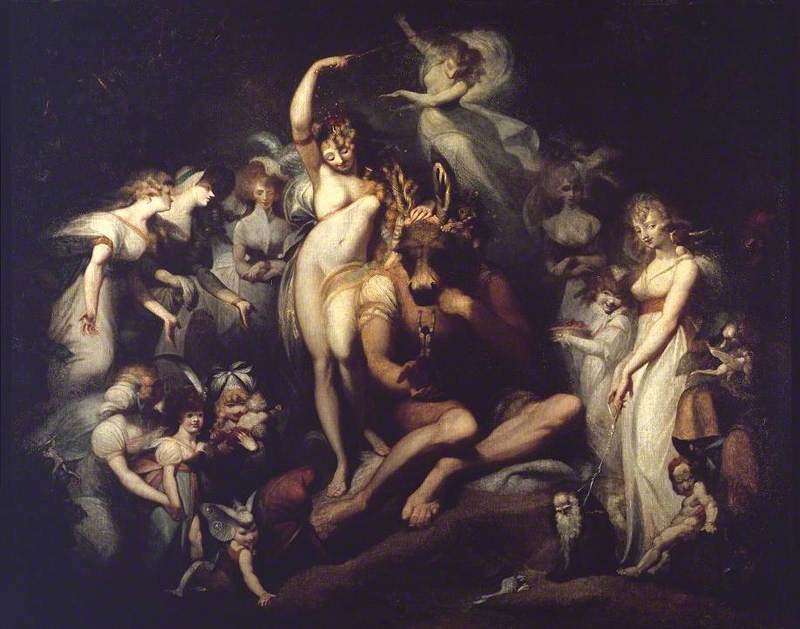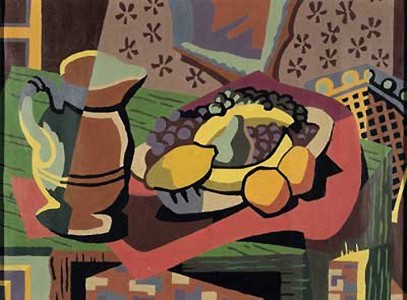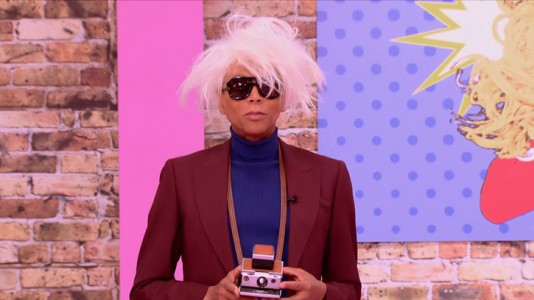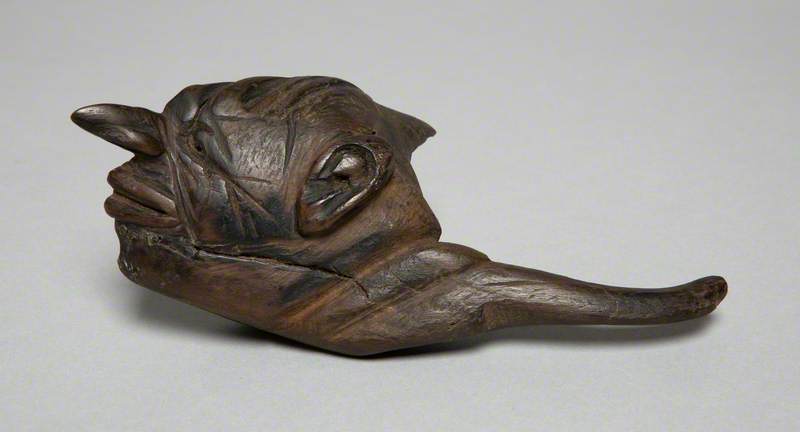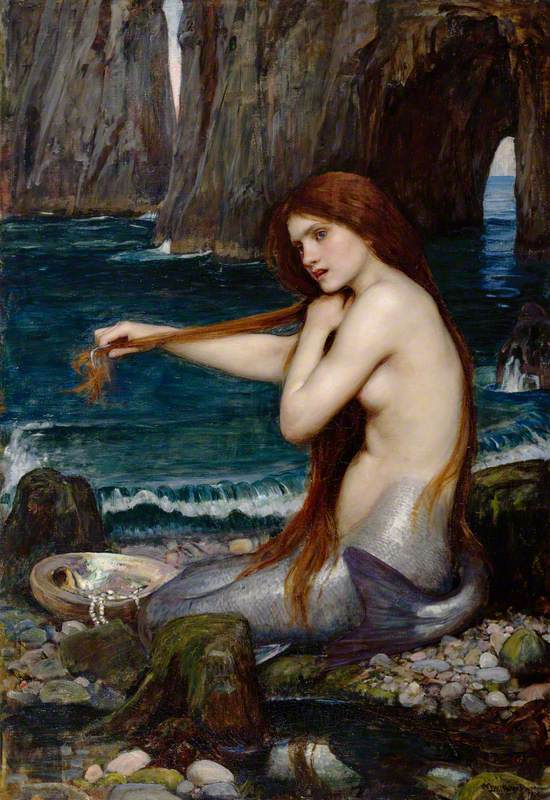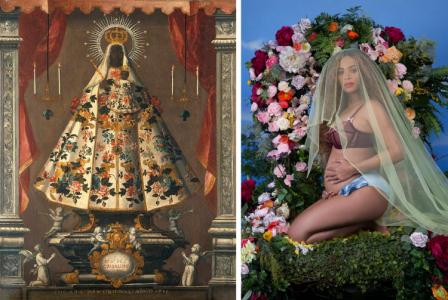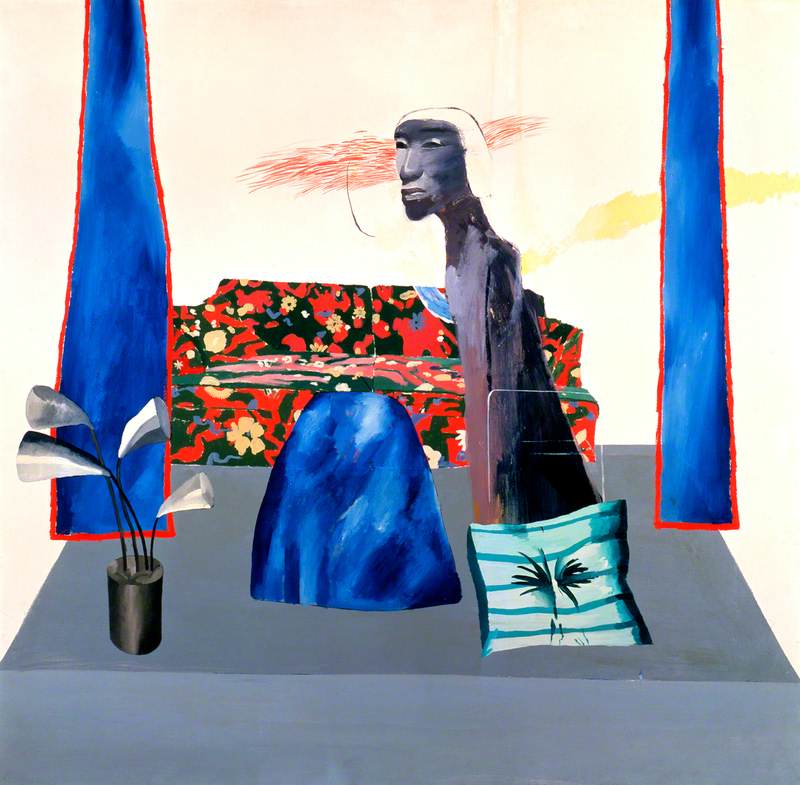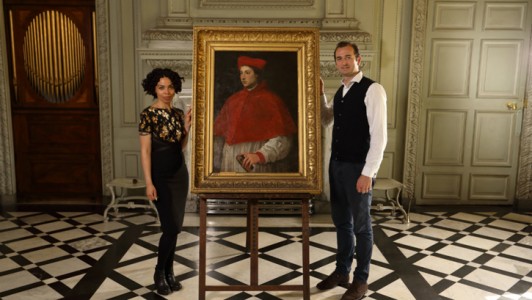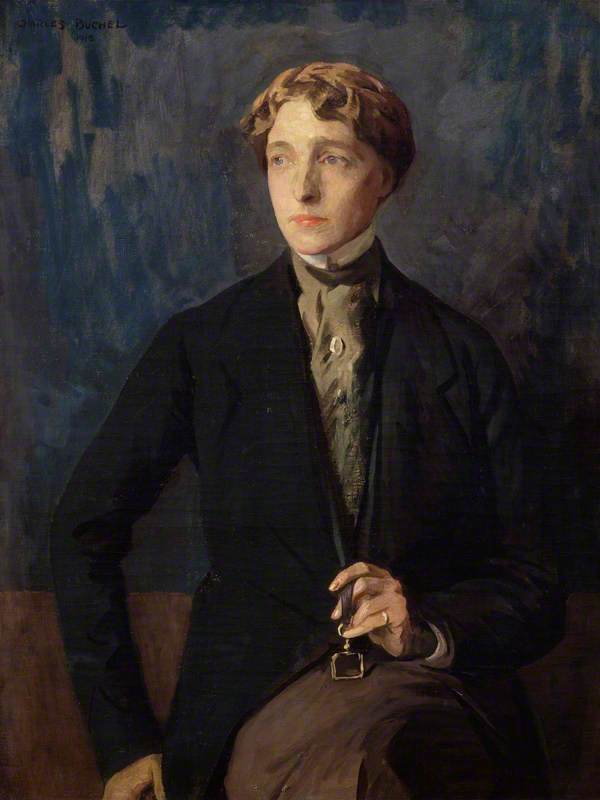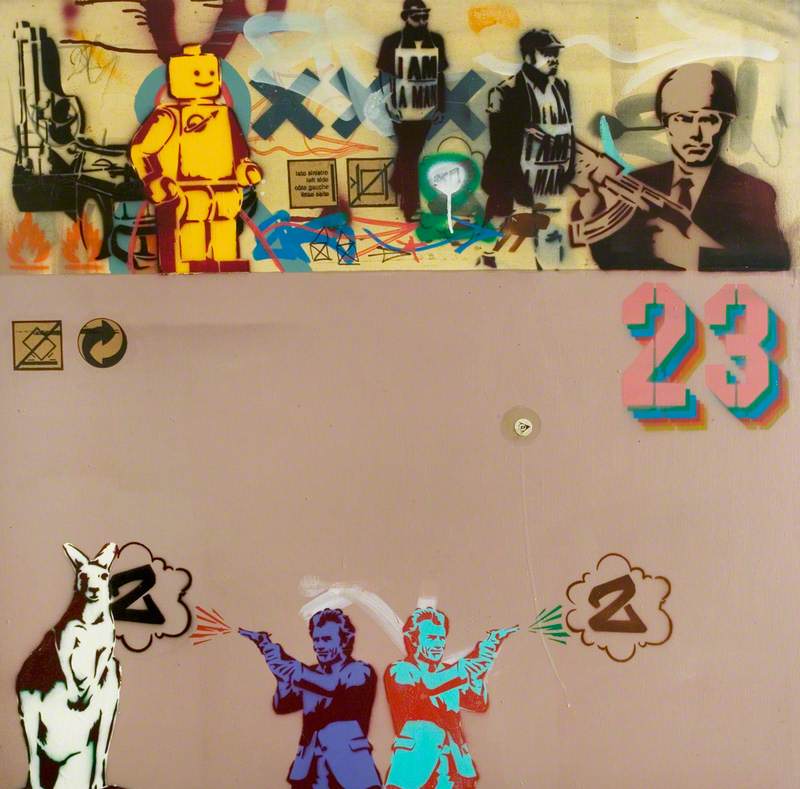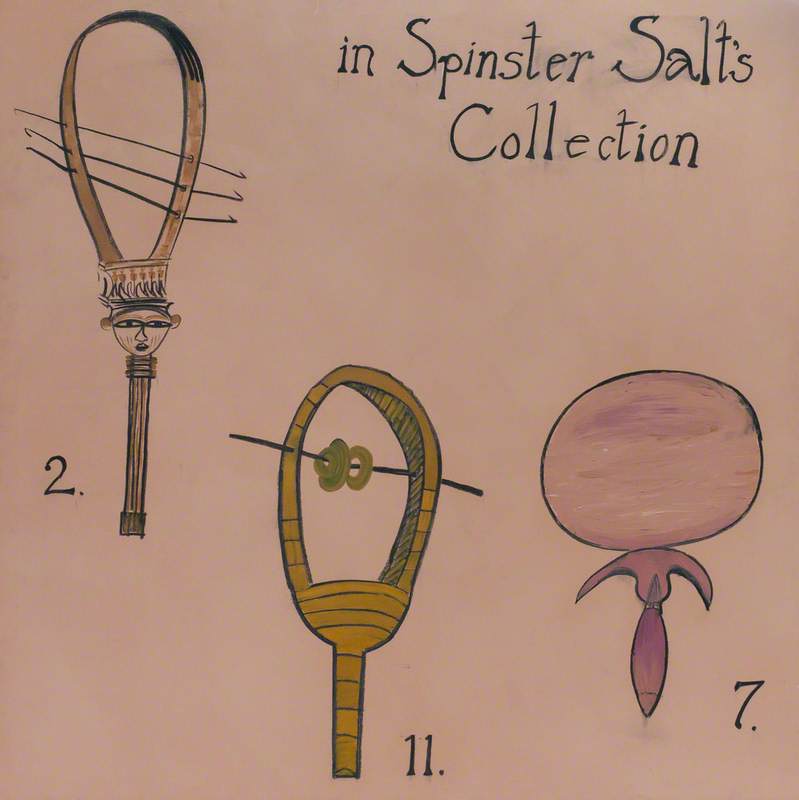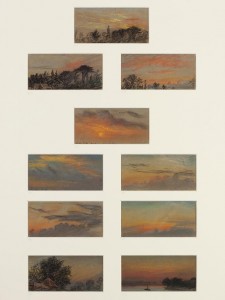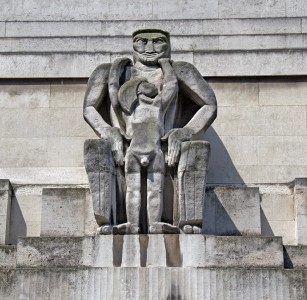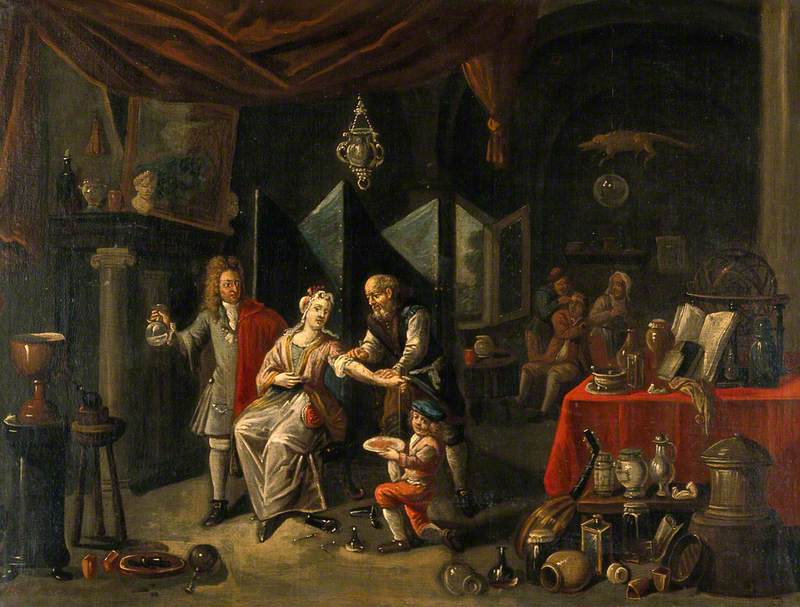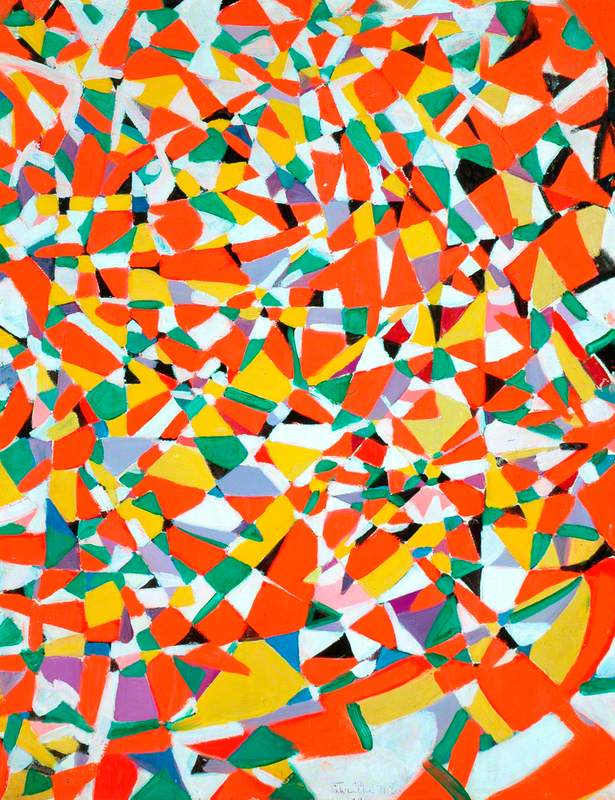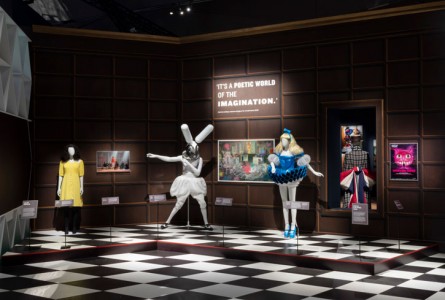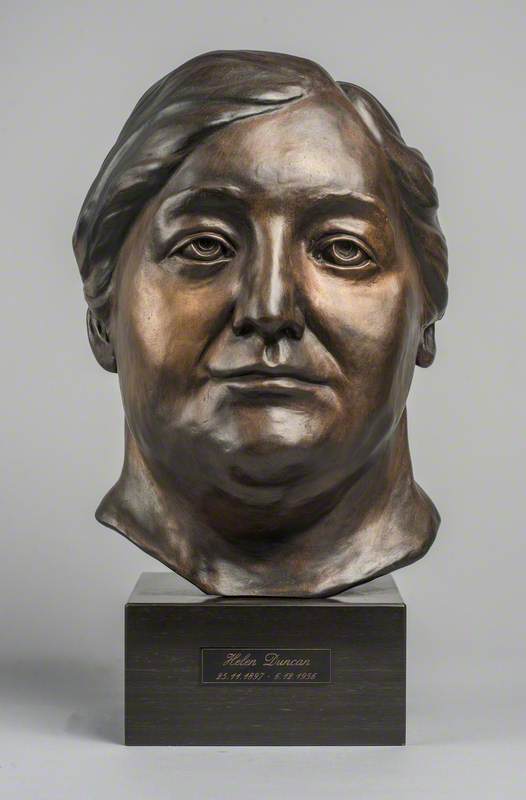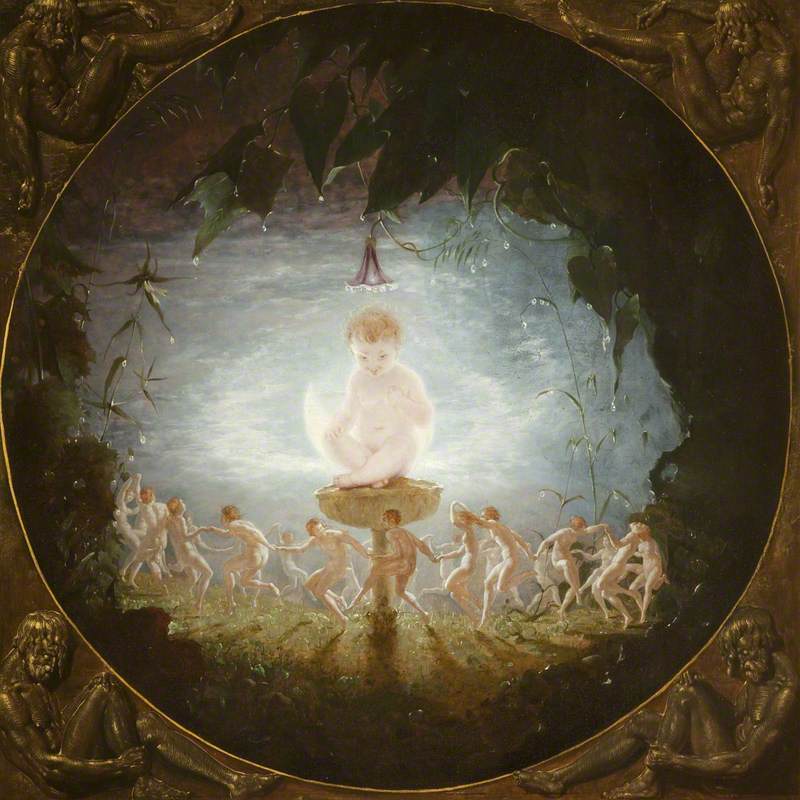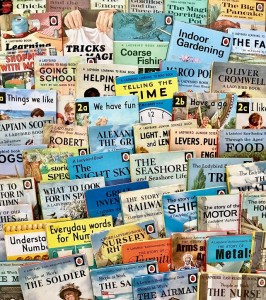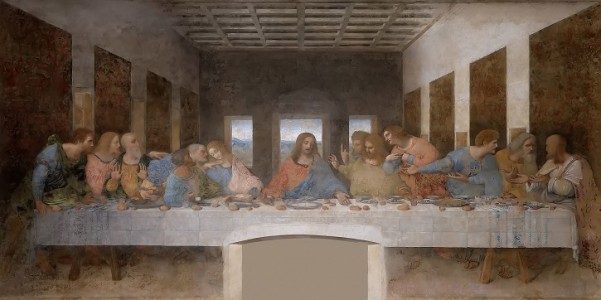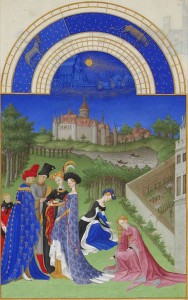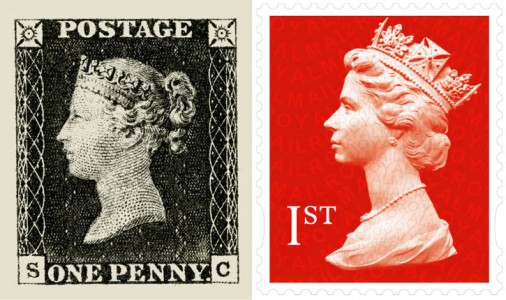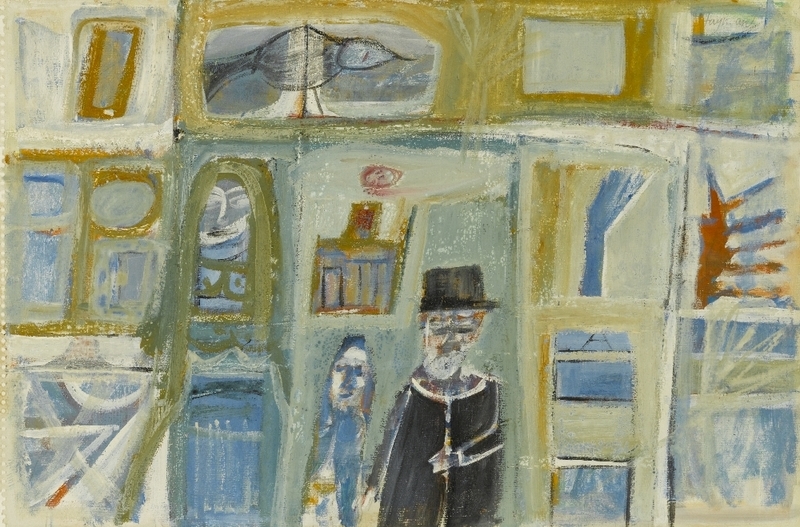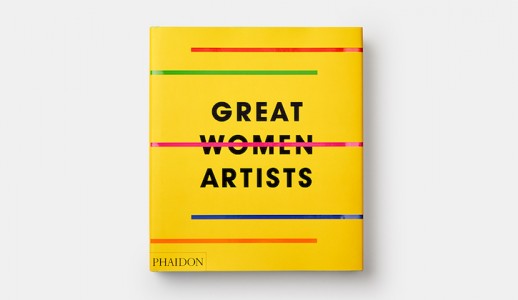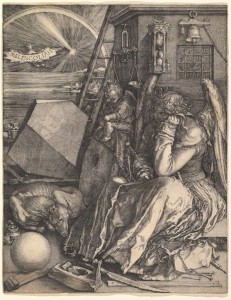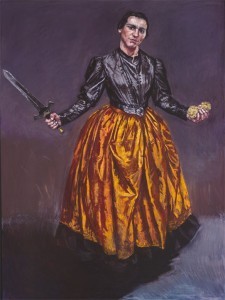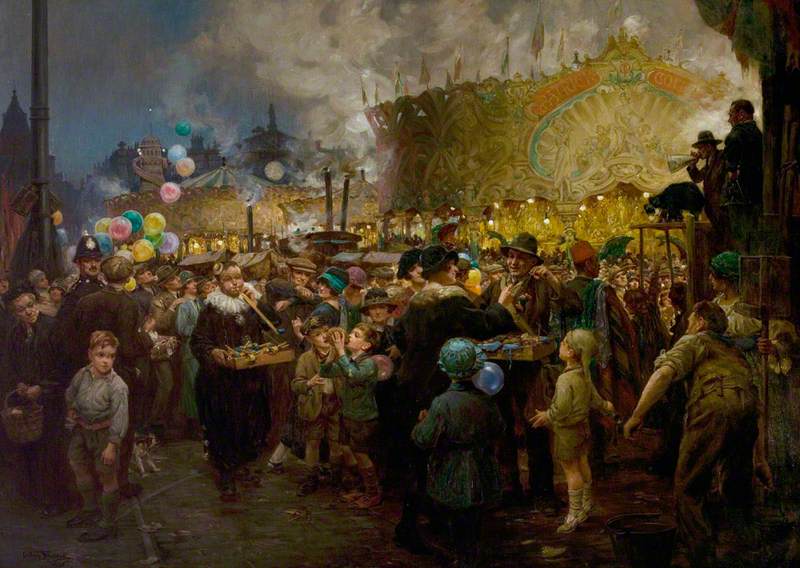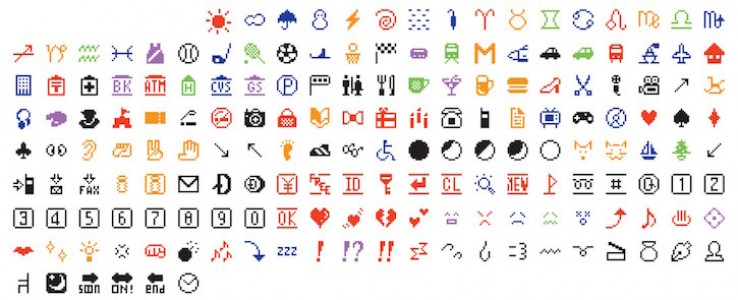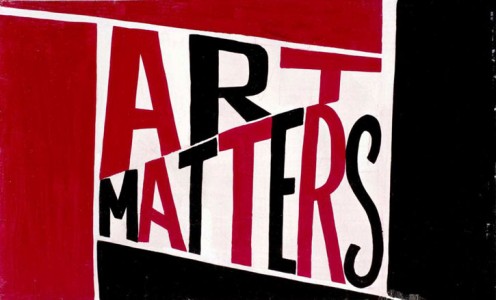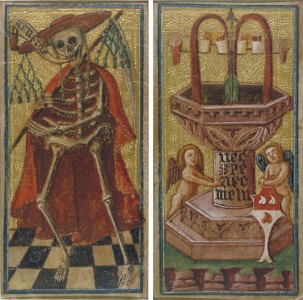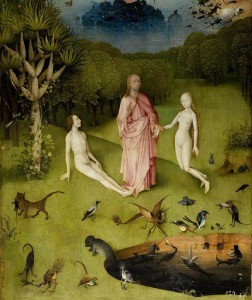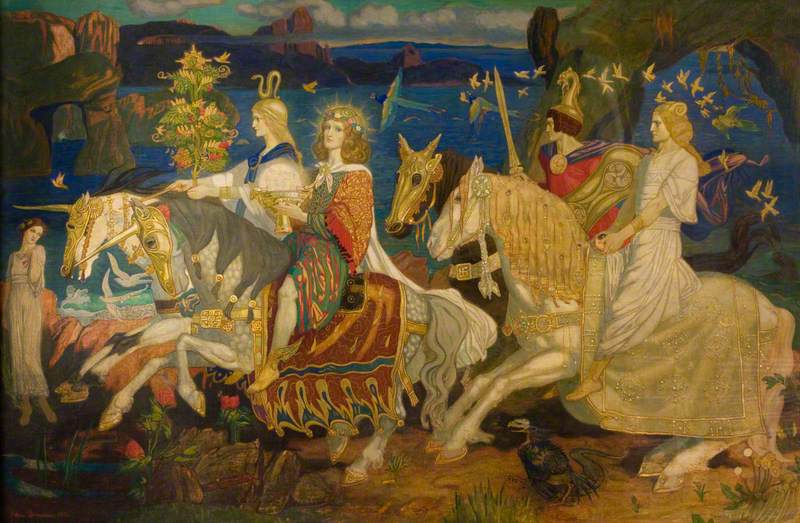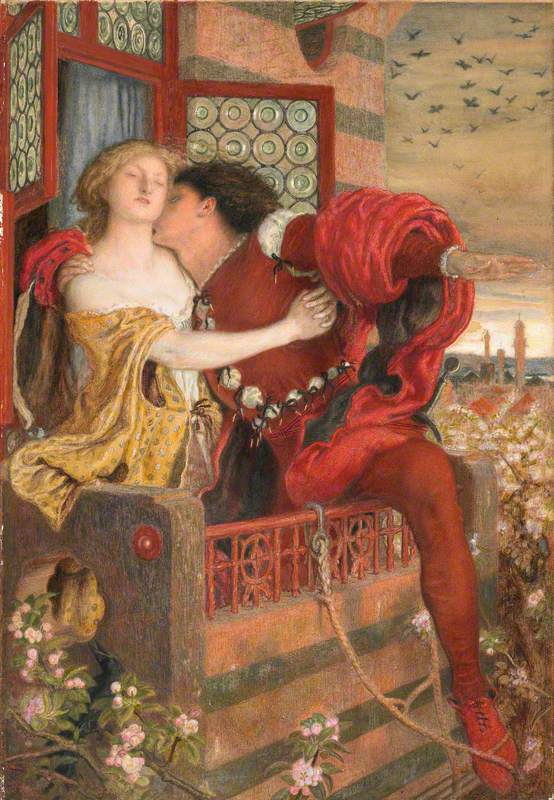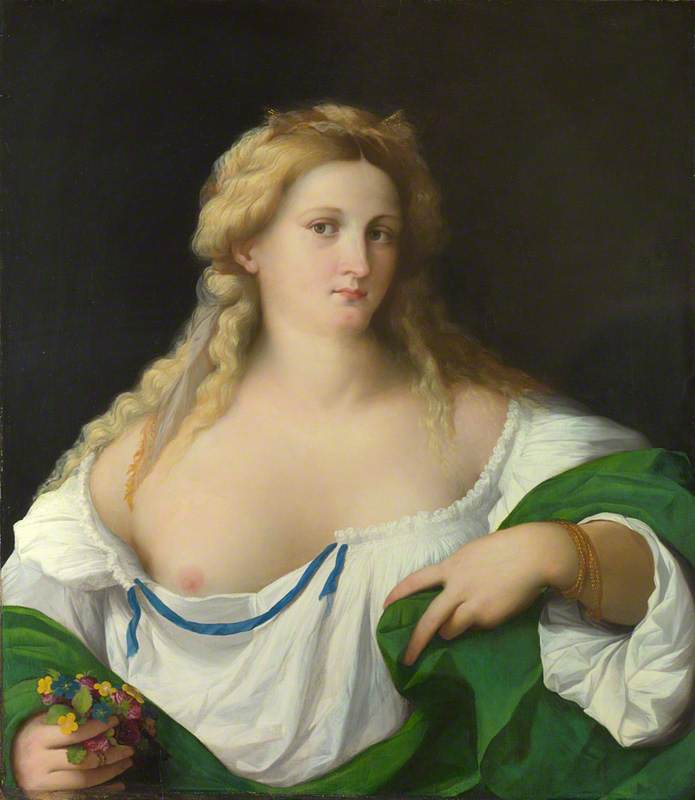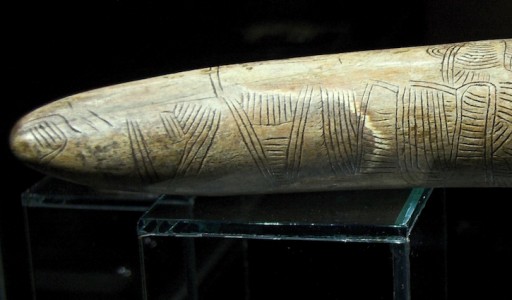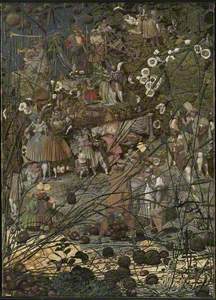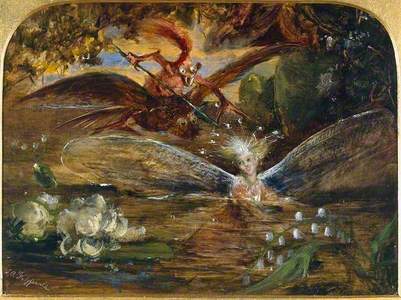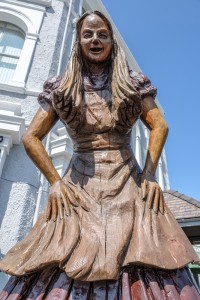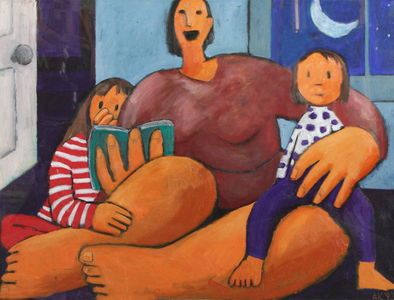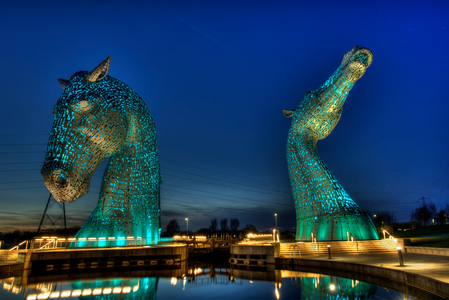Download and subscribe on iTunes, Stitcher or TuneIn
Art Matters is the podcast that brings together popular culture and art history, hosted by Ferren Gipson.
As your narrator for this discussion of fairy tales in art, you could say I'm taking a little inspiration from Scheherazade. She was the cunning storyteller from Arabian Nights who used her ability to weave captivating tales as a means of extending her life. She was married to the sultan, who'd decided that he would take a new bride each night and have them executed the next day as retribution for a wife that betrayed him in the past. Each night, for 1,001 nights, Scheherazade told a new story, always leaving a cliffhanger so that the sultan would keep her alive until the following evening. Eventually, he fell in love with his bride and spared her life. Within her stories, known originally as One Thousand and One Nights, we get the tales of Aladdin, 'Ali Baba and the Forty Thieves', Sinbad and more.
Victorian painter Sophie Anderson created a portrait of Scheherazade that shows her adorned in precious, heavy fabrics and gold jewelry. Her expression is serene and measured, like a woman that's in control. It's quite the contrast from some of the other imagery of the same period by male artists that show figures like Sleeping Beauty in a deep slumber and waiting for a prince to save her.
The Victorian period is a time in which we see more of attention on children in society, so it seems fitting that during this period, fairy tales begin to increase in popularity. 'In the Victorian period, [fairy paintings] explode as a genre,' says Dr Michael Newton, lecturer at Leiden University and author of the book Victorian Fairy Tales. 'There's this huge visual impact with regards to fairy tales and fairies... The Victorian fairy tale books were very often highly beautiful art books.'
Examples of the beauty of these book illustrations can be seen in the work of John Dickson Batten. Batten was a painter who did illustrations for editions of Celtic and English fairy tales, Tales from the Arabian Nights and more. These themes carried over into his painting and he created pieces based on stories including Sleeping Beauty and Snow White and the Seven Dwarves. In his exceptionally detailed painting of Beauty and the Beast, he – slightly hilariously – shows our heroine facing off with the beast, represented as a large sloth.
Though the stories increased in popularity in the nineteenth century, these elaborate illustrations didn't begin with the Victorians. Many of the stories we know best today are from the seventeenth century, including two of the most famous collections, Grimm's Fairy Tales. This was followed later by Hans Andersen's tales.
Coming back to the term 'fairy paintings', they can be simply defined as genre that featuring fairies or conveying fairy tale stories. It's a subject matter that seems geared towards children, yet attracted so many adult writers and artists.
'Oscar Wilde did a book of fairy stories called A House of Pomegranates, and the viewers looked at the book and they said 'can this really be for children?' It cost quite a lot of money – probably £80 in today's money. The illustrations are very lavish. It looked like an art book and the style and writing was very decadent,' says Michael.
With the level of attention paid to creating intricate stories and imagery, it's apparent that fairy tales and paintings were intended for the young and young at heart. There's also an intriguing duality to fairy tales, where they tell a story on two levels. Do you ever catch an adult joke in a Disney film and think 'there's no way kids understood that'? And the original versions of the Grimm's Fairy Tales are downright dark. The fairy tale world is a place to manifest imaginative and weird ideas, even if that means things like Cinderella's stepsisters cutting off their toes in the original version.
There's another adult angle to the imagery that may account for the draw of the subject for some artists. 'One thing you can really see in Victorian fairy painting is that it was a site for erotic desire. They are highly sexualised paintings. As sleeping figures, they're kind of eroticised and fantasised. Their cheeks are flushed,' says Michael. 'There's almost a kind of Hitchcockian voyeurism in these paintings.'
Sometimes the women featured may be nude, but other images might have more subtle seductive allusions. Their was, perhaps, less concern around the propriety of these images because the women were fairies or, at the least, fictitious.
The Sleeping Beauty: The Aged King Pleads with the Good Fairy
1913–1922
Léon Bakst (1866–1924) 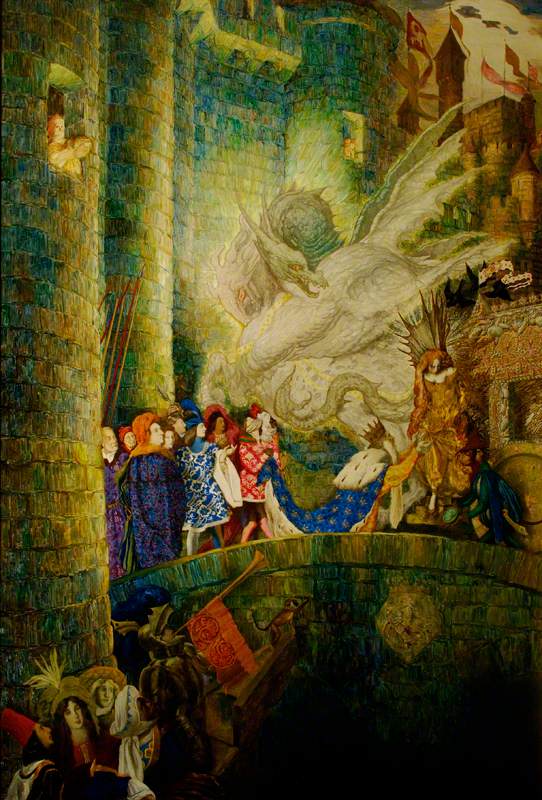
The Sleeping Beauty: The Prince Discovers the Princess and Wakes Her with a Kiss
1913–1922
Léon Bakst (1866–1924) 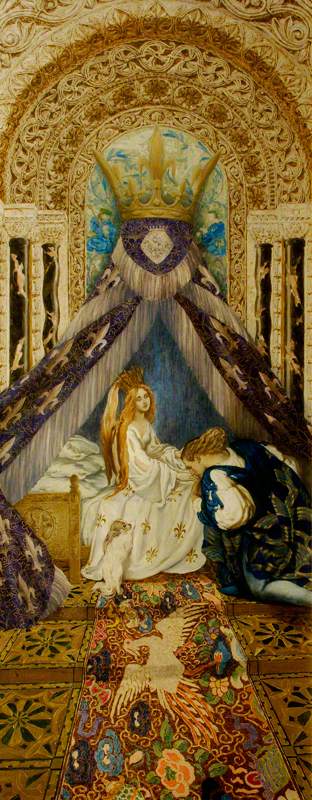
A commonly referenced tale highlighting a sleeping figure is, of course, Sleeping Beauty. There are several examples of this story in paintings, but a series by Léon Bakst in the National Trust collection is especially stunning. Rather than just creating one scene of a slumbering princess, he drew on his skills as a stage designer to paint seven tableaux. Each oil painting is as rich in detail as a book illustration carried out in pen and ink.
'They really want to visualise the dreamt. I think this goes into film versions of fairy stories in the twentieth century,' says Michael. 'One thing you want to do when you paint a fairy picture or you make a fairy film is to open up that medium to that which is elusive, that which is fugitive and reckless and wild.'
One attribute of fairy paintings we've touched on is the high level of detail. It's remarkable, really, when you think that what the artists are representing comes largely from their imaginations. Fairy tales offer a way to escape normality into a world where anything is possible, and this is made more possible by greater detail. One reason J. K. Rowling's world of Harry Potter is captivating for so many is because she did such a good job of describing it for the reader – the effect is the same for painting.
The magic of fairy tales has persisted through to today, evident in the massive success of Disney and even shows like Game of Thrones. It's how we bring a little magic into our lives and step outside of the ordinary. Much like mythological or historical paintings, fairy paintings transport us to another world and time, but without the restriction of being tethered to reality.
To hear more examples and explore this topic in further detail, listen to my full conversation with Michael in the player above or on your podcast app of choice.
Explore more
Scheherazade: the story of a storyteller
Art Matters podcast: mermaids and mythical creatures in art and the queer community
Mythstories: using art to tell tales
Listen to our other Art Matters podcast episodes
